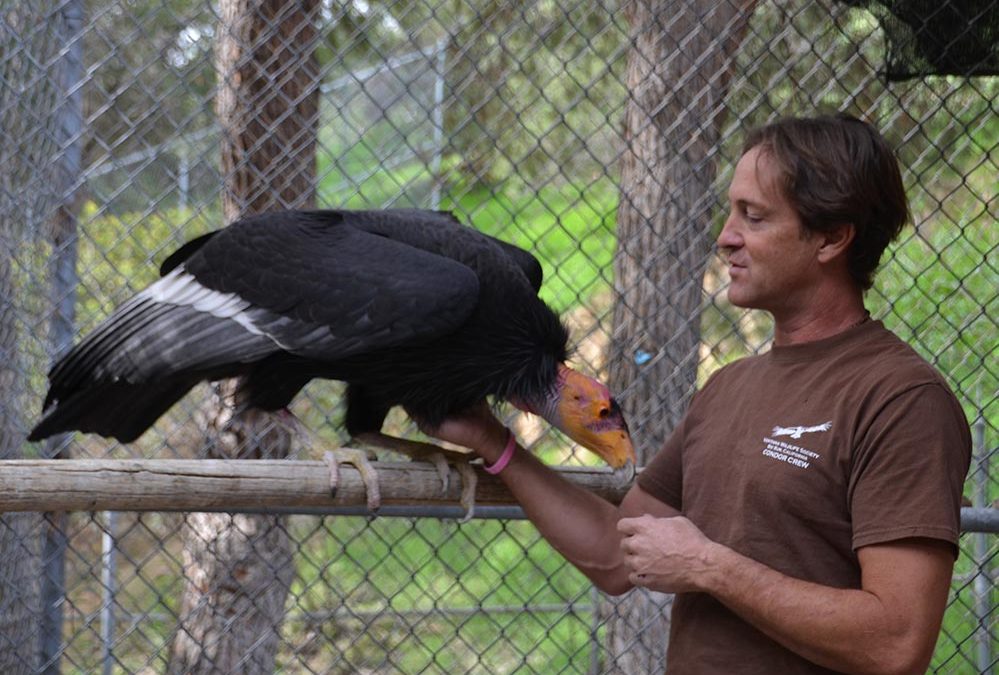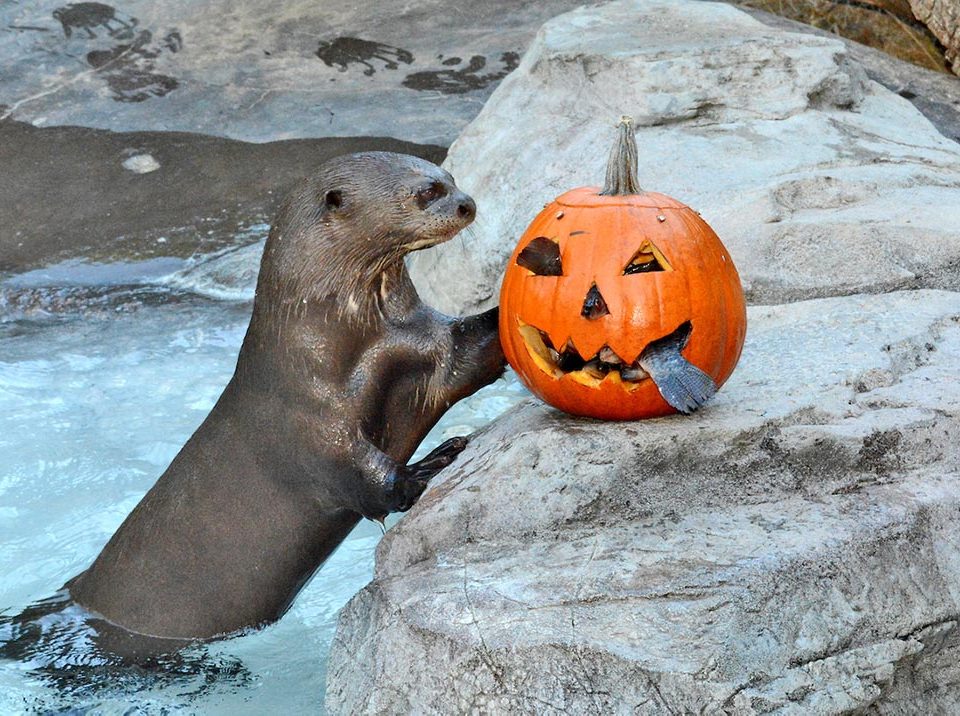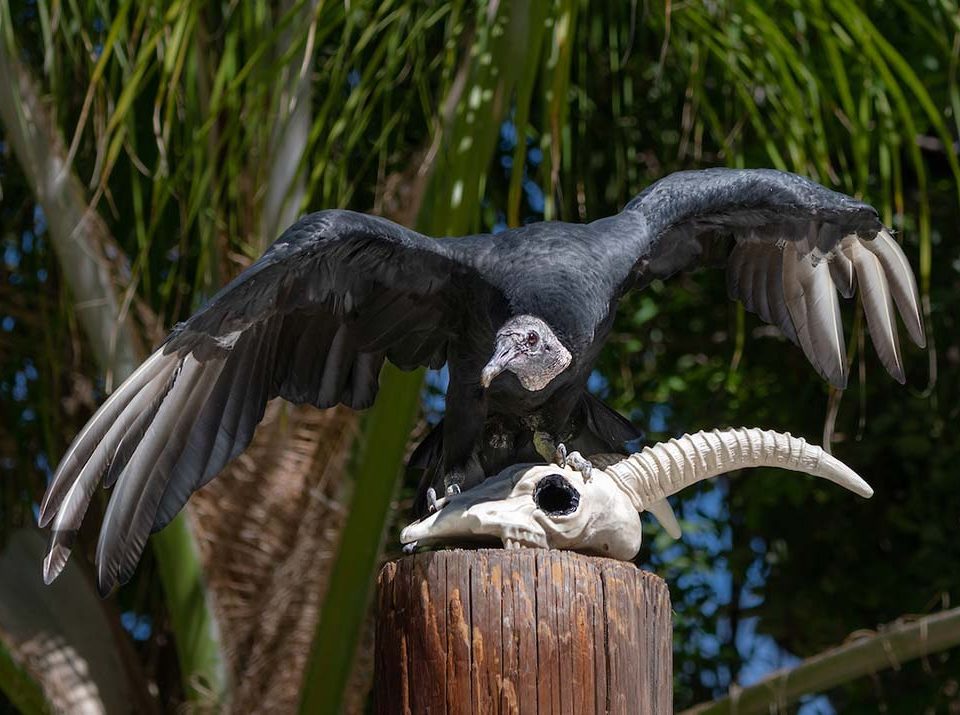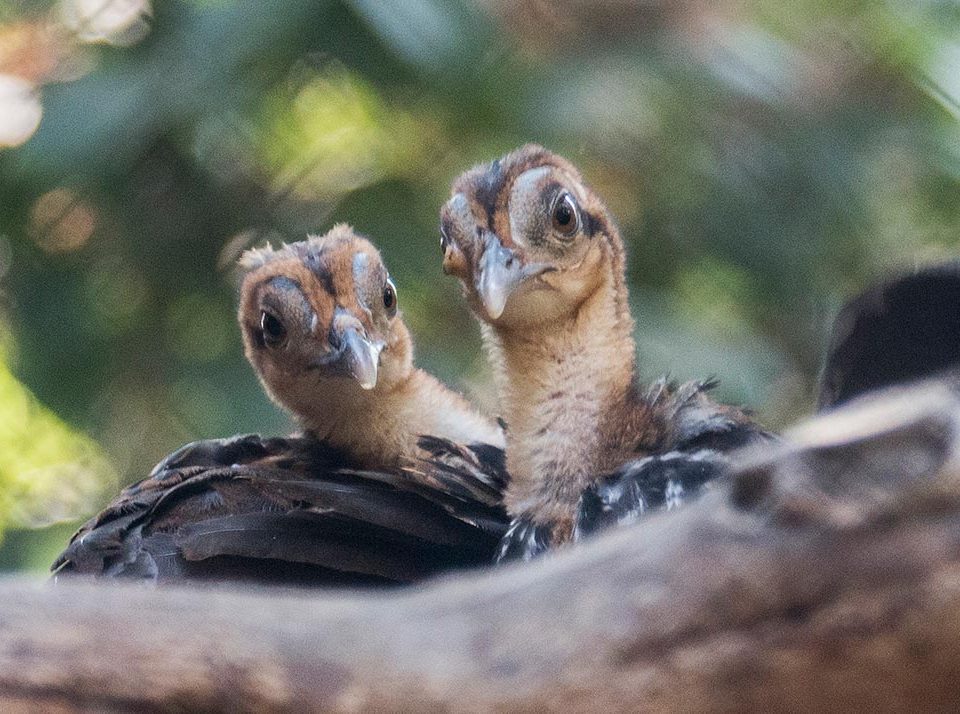Rare Bird: Remembering Anyapa

Fall into Autumn at the L.A. Zoo
October 2, 2019
Zoo Update with Denise Verret
October 2, 2019
On August 30, California condor Anyapa passed away following an illness for which she was being treated at the Zoo's Animal Health Center. Anyapa and her sister Squapuni both hatched at the San Diego Zoo Safari Park from eggs that had been collected from wild nests in order to establish a captive breeding group. She came to L.A. in 1989 and her life here was entwined with many important developments in the California Condor Recovery Program, which is a partnership between the U.S. Fish and Wildlife Service, U.S. Forest Service, National Park Service, Bureau of Land Management, Arizona Game and Fish Department, California Department of Fish and Wildlife, Utah Department of Fish and Wildlife, the federal government of Mexico, the Yurok Tribe, San Diego Zoo, Los Angeles Zoo, Oregon Zoo, Santa Barbara Zoo, Chapultepec Zoo, the Peregrine Fund, Ventana Wildlife Society, and a host of other governmental and non-governmental organizations.
Over the years, Anyapa and her mate Kaweah produced and reared many chicks that went on to join the wild population. Once well represented genetically, the pair was eventually split up. With no immediate plans to pair Anyapa with another breeding male, and because she was a bit too friendly to be released to the wild, the idea arose that she might serve as an animal ambassador. But in 2011, shortly after Anyapa's ambassador training began, the Zoo received a wild nestling with a permanent wing injury: Dolly, who would go on to become the first California condor animal ambassador. But another important role awaited Anyapa.
Because condor pairs will produce a second egg if their first egg of the season is lost, caretakers are able to remove eggs to incubate and hatch, then place the chicks with surrogate parents while breeding pairs produce second eggs and raise the resulting chicks, thus potentially doubling the number of chicks in a season. In spring 2017, Anyapa was chosen to rear one of that season's extra chicks.
Meanwhile, a young male condor rearing his first foster chick did well at first, but then his interest started to fade. Staff took the chick and began to rear it with a condor puppet. Single chick broods are the norm with condors, but, for a long time, those in the condor program questioned whether the birds would rear more than one chick at a time. Captive condor pairs can be tricky to manage and, because every chick is very valuable, attempting to fostering two chicks with a pair or single parent was deemed too risky.
But Anyapa was bonded to Condor Keeper Mike Clark, who had been responsible for the bulk of her earlier ambassador training. Because of this, she was completely fine with him entering the nest box with her egg or chick. This seemed like a good opportunity to test whether condors would accept and rear more than one chick at a time; Clark could introduce the second chick to Anyapa and the other chick and mediate the entire process. After some discussion, all agreed it would be worthwhile to try.
It worked exactly as planned. Anyapa brooded and fed both chicks perfectly and successfully raised them in a historic year for the Zoo. Both chicks were released to the wild. Using knowledge gained from this experience, in 2018, a breeding pair of condors reared two chicks who will be released this fall. In 2019, three condor pairs successfully reared what are now referred to as "double broods."
As of this month, Clark “would have been taking care of Anyapa for 30 of her 35 years," he comments. "There are no words to describe the sense of loss. We will never forget what this bird taught us. She was a rare bird. And not just because her species is critically endangered. It will be weird to come to work every day and not have her flying around trying to get my attention. I'll miss her a lot."





